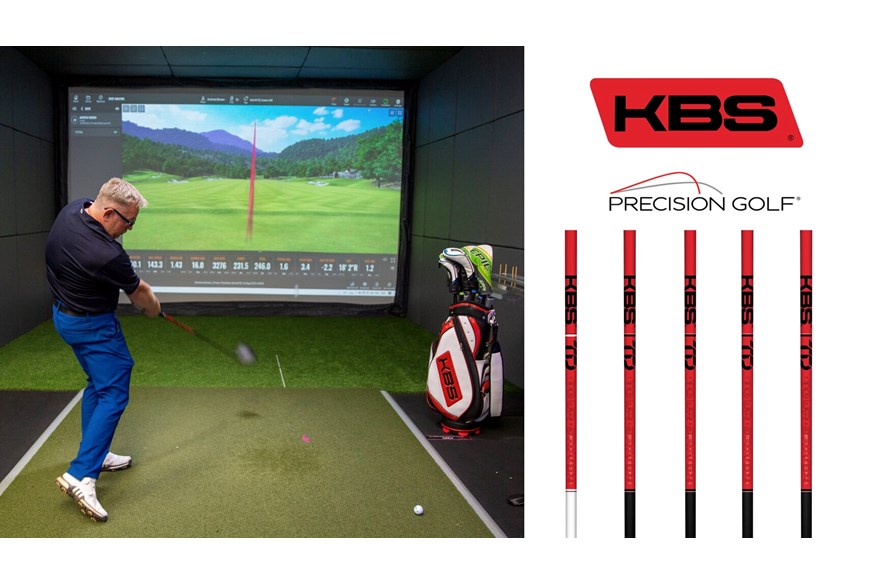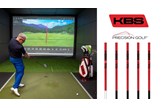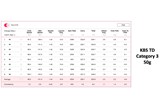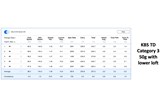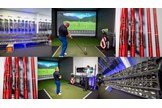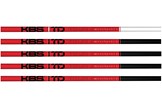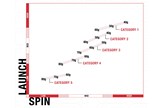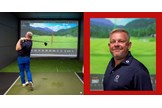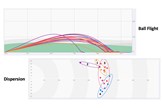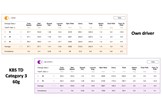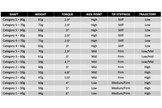Should you play the KBS TD driver shaft?
Last updated:
If you love KBS iron shafts, should be playing the new KBS TD driver shaft? We took a TG reader to Precision Golf to find out.
Hopefully, KBS is a name you already know, the brand started out in 2008 and it was founded by Kim Braly (the designer of the original Rifle shaft). Ever since then, they’ve heaped focus on designing some of the best iron shafts in the game, but what about the best driver shafts? Over the years the brand have built a great reputation amongst some of the world’s best players, and the likes of DJ, Phil Mickelson, Justin Rose, Shane Lowry and Gary Woodland have all not only played their shafts, but won with them too.
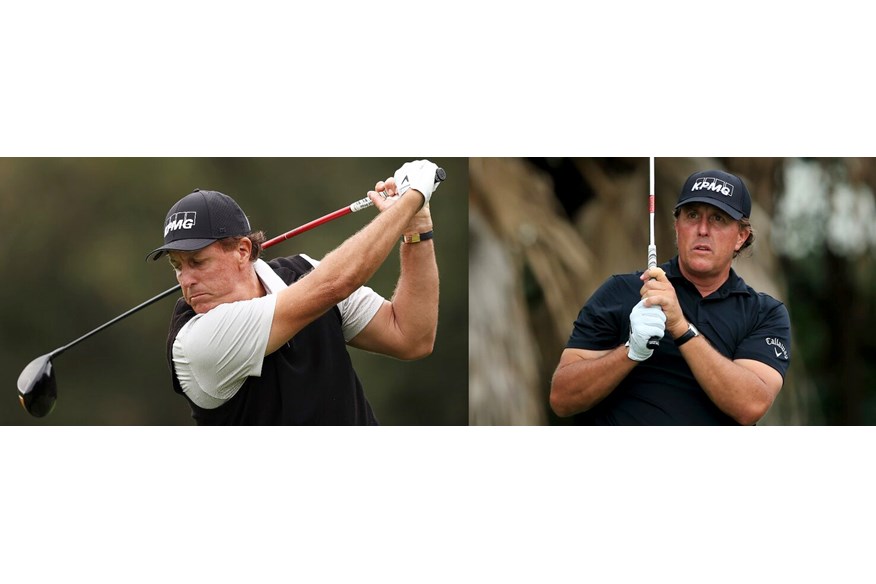
And now having carved out a brilliant reputation for irons shafts KBS want to give golfers the opportunity to play KBS throughout their bag. So they’ve launched their first ever wood shaft, the KBS TD.
What you need to know about the KBS TD wood shaft
KBS have successfully focused their attention on steel iron shafts for years, but Kim Braly has now applied his same philosophy to graphite wood shafts. KBS dipped their toes into the graphite market a few years ago with the KBS Tour hybrid shaft, which has been very successful in the hands of decent players. The reason behind its popularity is how naturally it didn’t spin up or go left, which counteracts some of the drawbacks that decent players experience when hitting hybrids.
The TD is mid-launch and spin, so it suits lots of golfers needs, there’s been rumours of a lower launch model in the pipeline, but for now the TD has enough options (there’s 15 different shafts) say KBS to accurately fit golfers from 17 – 70 years of age.
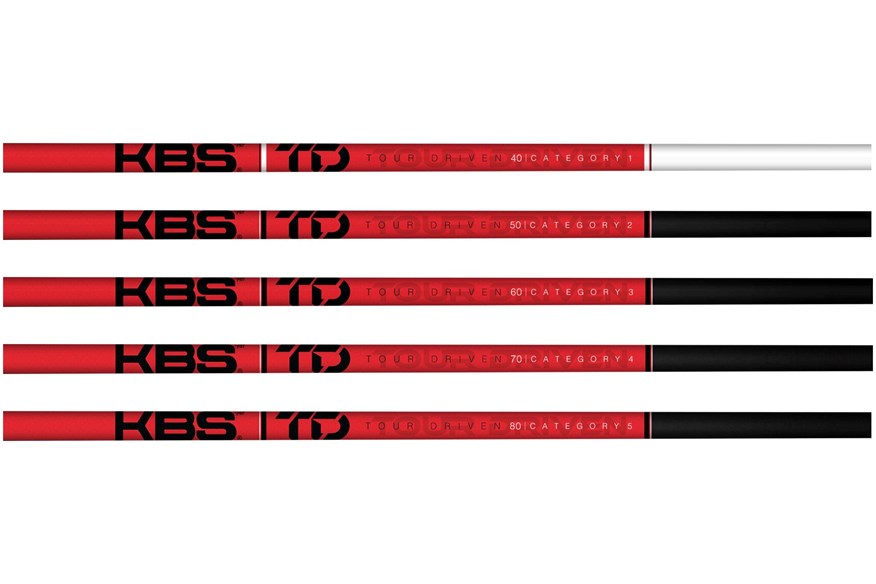
Unlike most wood shafts the TD isn’t badged up with a flex, instead KBS opt for five categories. Weights range from 40g – 80g and the idea is that whatever weight you choose for the driver, your 3-wood and 5-wood will be 10g and 20g heavier respectively. The idea means golfers get a similar feel throughout their wood set-up.
As a comparison to other shafts KBS say Category 5 shafts generally equate to a Tour X Flex, Category 4 are X Flex, Category 3 are Stiff, Category 2 are Regular and Category 1 is an A Flex.
RELATED: Best Players’ Distance Iron 2021
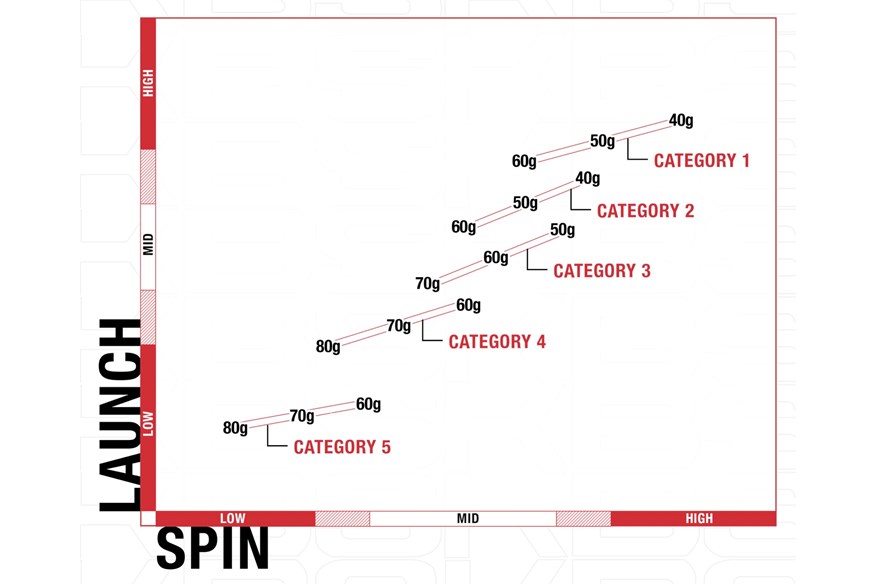
KBS say feel is a very personal thing but KBS are renowned for making very stable shafts that have a lovely firm feel. It’s that feel that’s convinced lots of players to switch to KBS iron shafts, and you’ll get that same feel and feedback from the TD. So if you’ve been playing KBS iron shafts, and like the impact sensation and feedback it’s highly likely you’ll enjoy the TD wood shafts too.
Unlike most other shafts the TD shafts all come decked out in the same red/black or red/silver colourway so there’s no different colours to depict lower launch or spin models from their mid and high counterparts. It’s an idea we really like as a colour doesn’t immediately give away how a golfer might be a fast or slow speed player.
WATCH: KBS TD driver shaft fitting video
Our hitter
Andrew Brown plays off a 3-handicap at Ingestre Park in Staffordshire, he’s played the game since being a junior and is an avid golfer. His strengths include chipping and putting, his weakness has been driving the ball of the tee as there’s a tendency to pull shots left since buying a new driver off the rack in 2021.
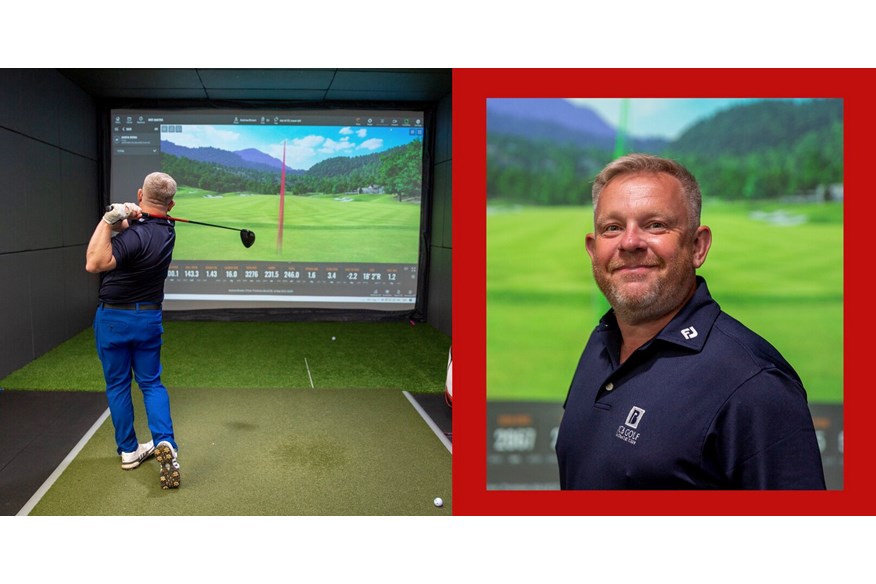
Currently Andrew plays a Ping G425 Max (10.5deg loft) driver with a Mitsubishi Tensei AV Orange shaft. He bought the driver from his local club pro, and after playing during the summer doesn’t feel the driver/shaft are a great fit for him.
RELATED: Which Lamkin putter grip suits your stroke?
Our fitter
Simon Cooper is a Director and Club Fitter at Precision Golf in West Byfleet, Surrey. As an amateur he was off +1, and played in the Brabazon Trophy and English Amateur Championship. After turning professional he played on the EuroPro and Challenge tours, and made it to final qualifying for the Open twice.
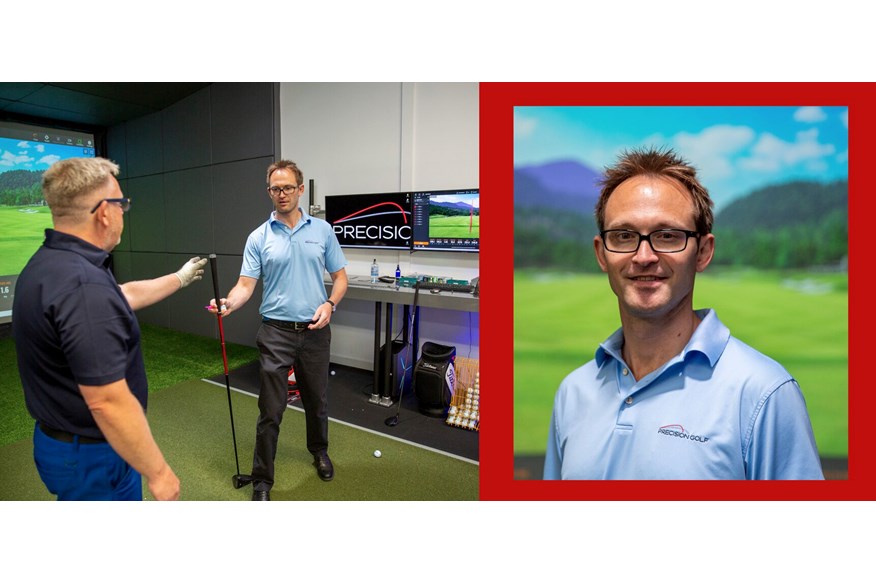
Simon’s approach to fitting is based around being sympathetic to the golfer, believing that equipment should both compliment a golfers swing and their approach to the game. He reckons a good fitting involves far more than just looking at club head speed and handicap and prescribing a regular or stiff flex shaft.
The fitting – Simon Cooper
I started off looking at Andrew’s own driver, and experience told me the Mitsubishi Tensei AV Orange shaft has a mid to high balance point with a stable tip. It’s a low spin shaft with a degree of counter balancing, and with a swingweight of D4 it’s relatively a head heavy set-up. It means Andrew’s left miss is perfectly understandable, considering his in-to-out swing and the linkage of how he and the club interact to create shot shape.
Andrew’s tendency is to drive with his hips, so the club drops in behind him and his hands have to play catch up and fetch the club head over, which causes the looping left miss. His delivery lines (from a swing point of view) are very good, but the club head is out of control.
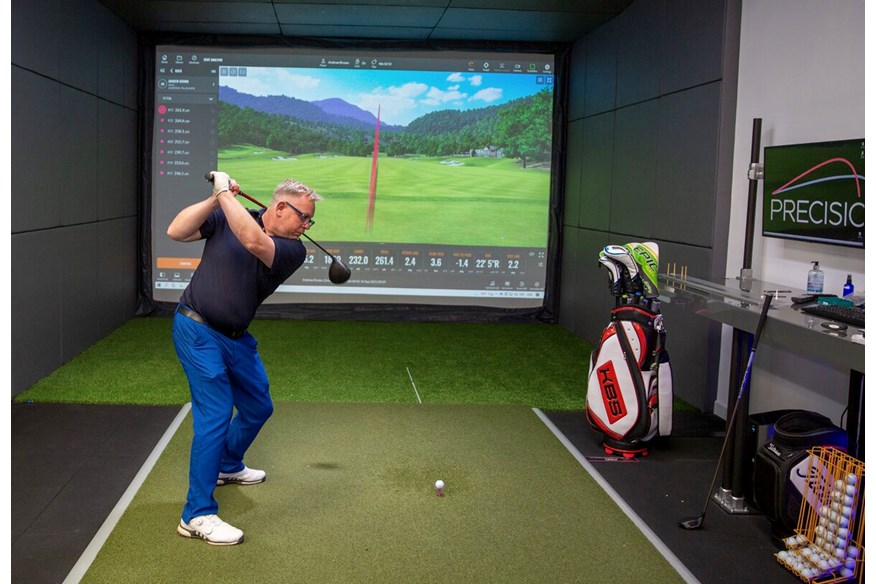
From knowing the club set up, the data it creates and how they interact there’s parameters like shaft weight, tip stiffness and bend point which we can use in theory to help improve the data. That’s the thing with fitting, we know how changing certain characteristics should effect performance but it’s important to remember we all react differently to them.
RELATED: Which Lamkin grip best suits you?
The KBS TD and Tensei AV Orange are really quite different set-ups. The KBS is a very firm feeling, stable shaft (that’s not that different between the two shafts), but the balance point of the Tensei AV Orange is in the upper-mid portion of the shaft where the KBS is lower-mid. And how that interacts with the swing is quite different. The main issue with the Tensei AV Orange for Andrew was the high balance point with a heavy head, so it’s like swinging a lead ball on a piece of string, the pair are almost detached.
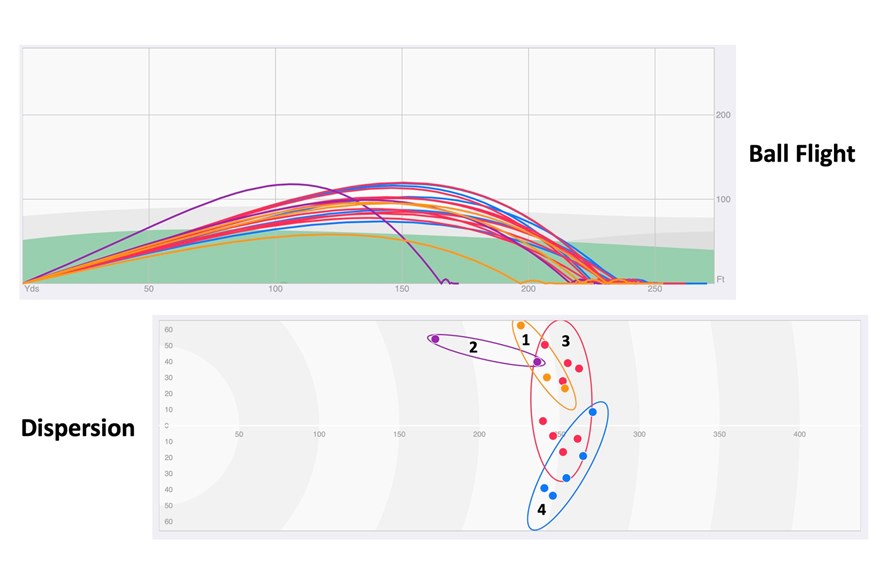
After hitting his own driver Andrew started off with the KBS TD Category 3, 60g shaft which made the driver feel less head heavy. The swing line numbers remained the same, but shots went even more left as the club still got stuck behind Andrew, and the lighter head balance meant he could really flip it over, which of course is destructive.
The next step, as the club was still getting stuck behind Andrew, was getting the club out in front and working with the body rotation to get face control. As clubs getting stuck behind will always end with a hand salvage operation, which leads to major consistency issues. We moved to the lighter KBS TD 50g (Category 3) and straight away, while there were still some left misses, the bulk of shots were much more down the target line.
RELATED: Best Putter 2021
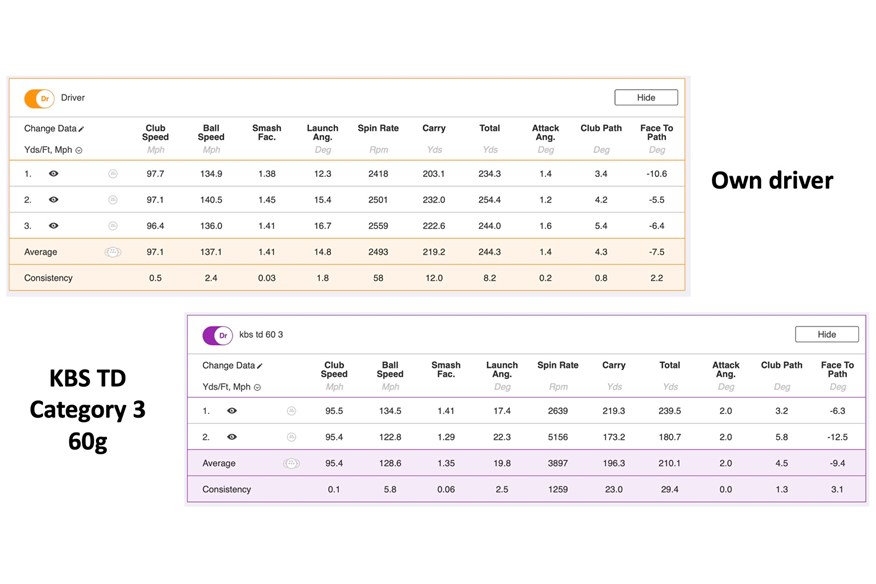
Immediately the 50g set-up gave a squarer club face and more control, but because the face was now delivered squarer rather than being rolled over, all of a sudden we had a higher launch and extra spin, and we really wanted to dial that down. With a little bit of swing work and thanks to the lighter club head feel, Andrew was able to get control of where the club was going, so he could dictate the shot pattern.
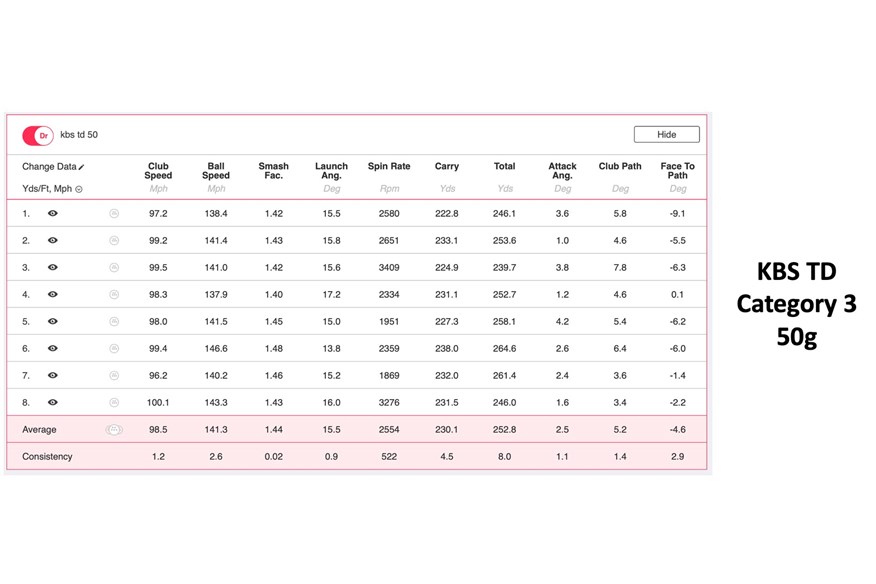
By dropping the loft down (from 10.5° – 9°) we eliminated the pop-up ball flight, so Andrew’s stronger hits got out there. The last shot of the session was a great example of how much change we saw in just 30-minutes of fitting. With a dead square face, Andrew hit a straight shot to 265 yards with a really good balance of launch and spin.
By differentiating each parameter during the fit we’ve got to an optimum position and the KBS TD was an absolutely perfect fit. If we look at Andrew’s best shots the KBS TD Category 50g shaft increased ball speed by 4.3mph and carry distance by 11 yards with a smash factor increase from 1.41 to 1.46.
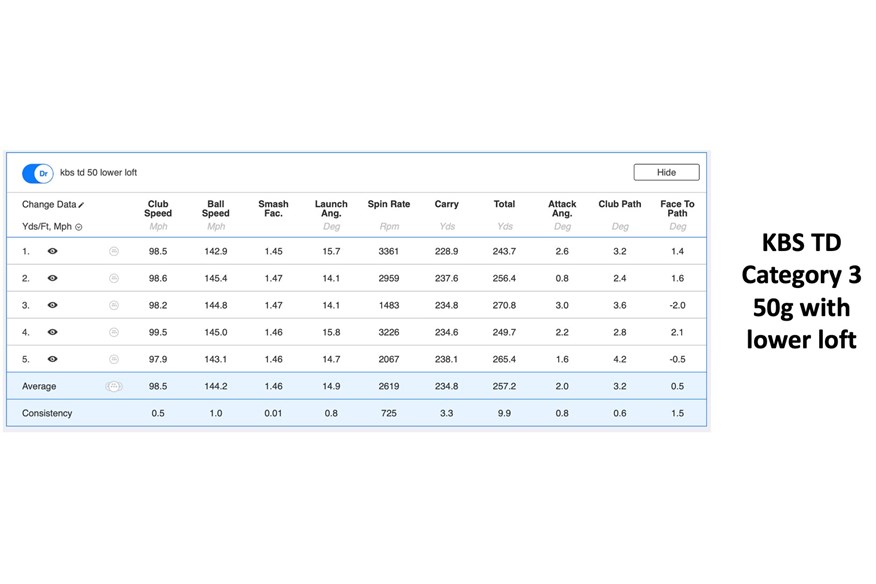
Even if we weren’t looking at KBS shafts in this session this model would have been the one model we would have ended up with. The mixture of its lightweight properties with a stable and mid to low spin profile, along with the lower head loft Andrew picked up a good chunk of yards and more reliably hit the fairway, which is a win-win for everyone.
WATCH: Best 2021 Driver video
RELATED: The £1m Performance Lab – What’s inside Precision Golf?
Verdict: KBS Tour TD driver shaft – Andrew Brown
Straight away the fitter understood my game, he picked up my weakness and realised very quickly how the counter balanced Tensei AV Orange wasn’t a great fit for me. Having that sort of knowledge and experience is really impressive, and then being able to go ahead and make the changes one at a time so I could see the differences in shot shape and data is really clever. By understanding your game a really good fitter can fix things and make your clubs right for you.
It’s a big ask for any club golfer to truly feel the difference between a lot of shafts but I really like the feel of the KBS TD and the numbers it’s created are very impressive. I like the idea of keeping all the shafts looking the same and there’s plenty of driver and fairway wood options so every golfer can find a solution for their own game. The fitting has not only benefitted me hugely, its also given me a better idea of how I launch drives too, I can’t recommend the process highly enough.
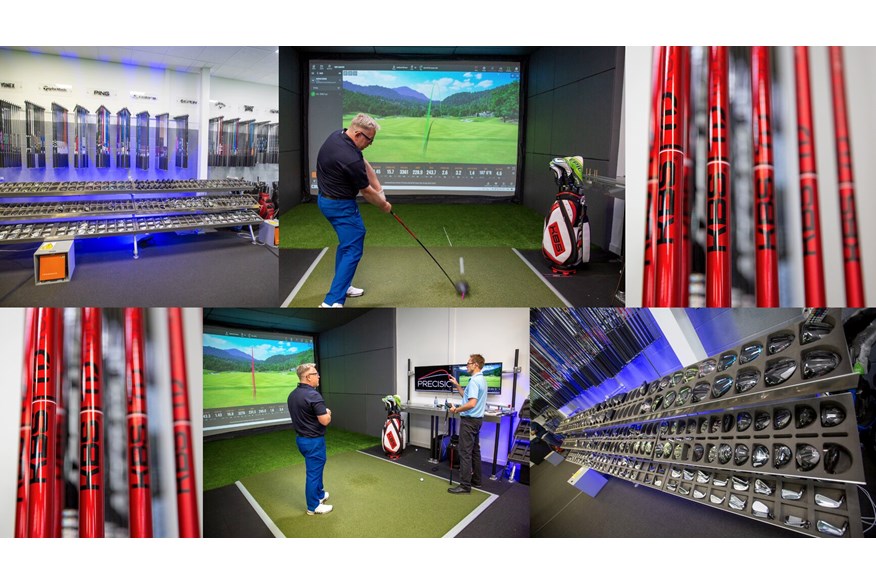
I’ve never been for a proper fitting like this before, it’s been a wonderful experience, my club pro did the best he could, but he doesn’t have the technology or fitting options like they have at Precision Golf. The whole process has really opened my eyes, the KBS TD shafts have been fantastic and because I’ve enjoyed the KBS feel so much I’d love to try their irons shafts next.
Got a question about the KBS TD driver shaft? Ask us on Twitter
KBS TD driver shaft specs
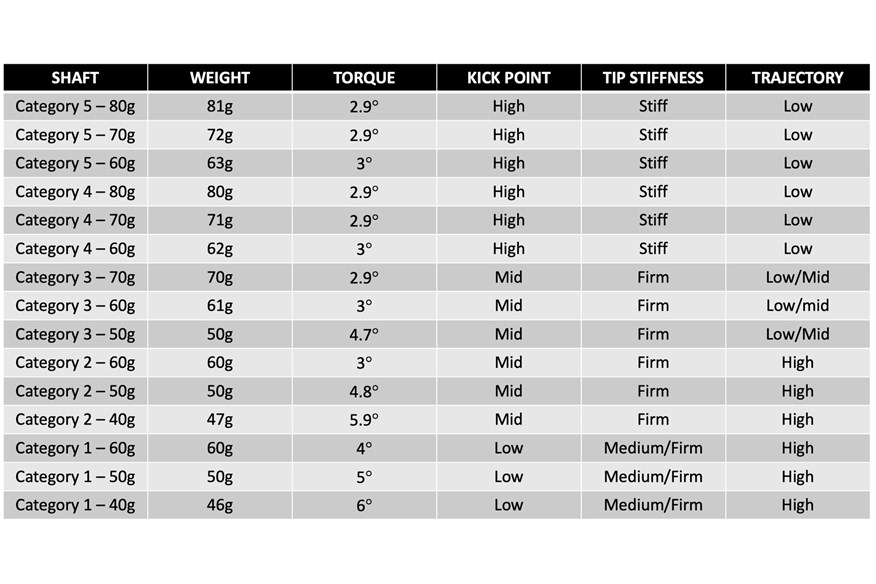
Visit the KBS website here
Visit the Precision Golf website here
